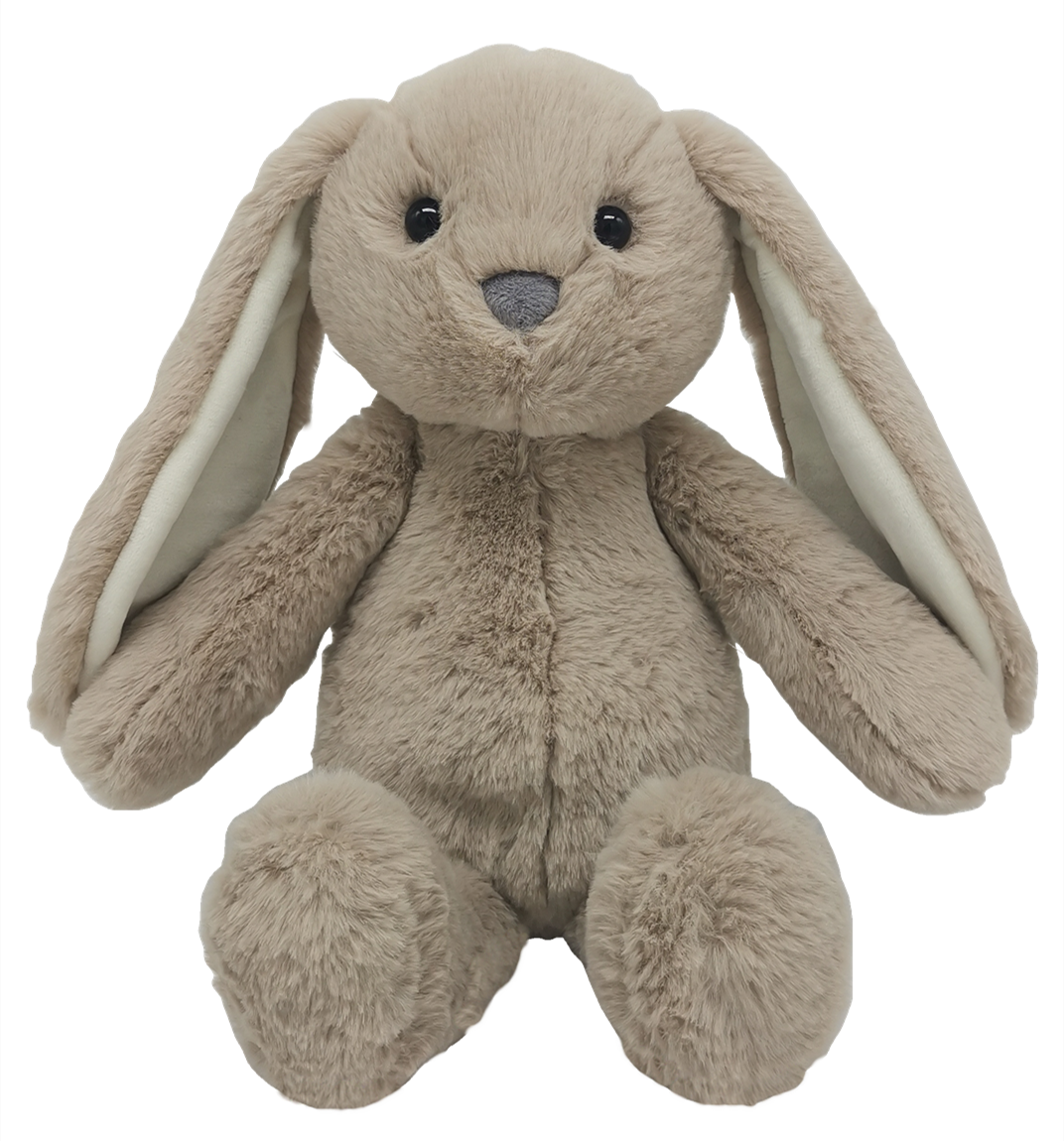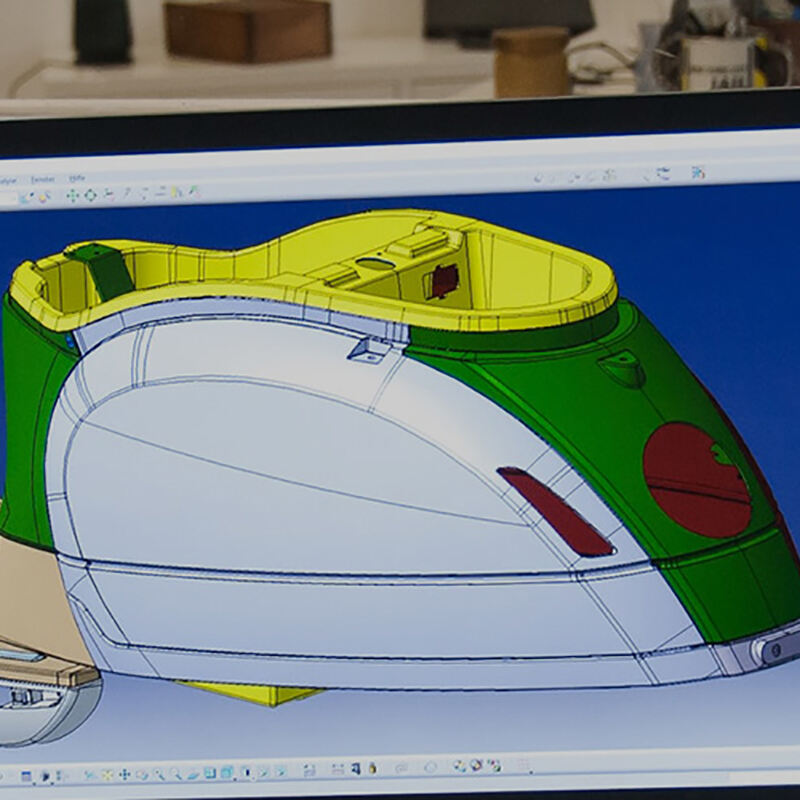Safety Standards in Baby Soft Toys: Material Selection and Quality Assurance
2025
Key Safety Standards for Baby Soft Toys
International Compliance and Testing Protocols
Adhering to international safety standards like EN71 and ASTM F963 is crucial for ensuring the safety of Plush Toys designed for babies. These standards outline critical safety requirements covering mechanical, chemical, and flammability aspects that manufacturers must meet. The EN71 standard, enforced by the European Committee for Standardization, is mandatory for toys in Europe, while ASTM F963, established by the American Society for Testing and Materials, governs toy safety in the United States. Plush toys undergo rigorous testing protocols including mechanical and physical assessments to ensure durability and safety in real-world use. Compliance with these standards is essential not only for market access but also for building consumer trust, supported by data from international certification bodies highlighting the importance of these regulations in the industry.
Avoiding Choking Hazards and Toxic Materials
Ensuring that baby soft toys are free from choking hazards is essential for their safety. A common concern is detachable parts like small buttons or ribbons that could pose risks to young children. Manufacturers must avoid these features to prevent accidents. Another critical aspect is using safe, non-toxic materials to protect children's health. Plush toys should comply with stringent regulations that limit harmful substances, ensuring every material used is free from toxins such as lead, mercury, and cadmium. Statistics on toy recalls can be revealing; for instance, a significant percentage of recalls is often attributed to choking hazards or toxic materials, underscoring the urgent need for strict adherence to safety guidelines. Such compliance minimizes risks and ensures that baby plush toys are safe for play and cuddling.
Material Selection for Safe Plush Toys
Hypoallergenic and Non-Toxic Fabrics
Selecting hypoallergenic and non-toxic fabrics for plush toys is crucial to minimize allergy risks for children with sensitive skin. Using materials like organic cotton and bamboo not only ensures comfort but also safety, as they are less likely to cause allergic reactions in children. These materials are becoming increasingly popular among parents who prioritize their child's health, reflected in a growing consumer trend towards non-toxic and eco-friendly products. This shift is backed by research indicating that parents are more likely to purchase plush toys with these safe fabrics, enhancing the child's well-being while playing.
Durability and Flame Retardant Requirements
The durability of plush toys is essential as these toys need to endure multiple washings and survive rough play without falling apart. Ensuring that plush toys are resilient increases their lifespan, making them safer for children. Additionally, understanding the flame retardant requirements across different regions can prevent accidents and is a critical safety consideration. Compliance with these safety standards is paramount, and organizations dedicated to toy safety insist on incorporating flame-retardant materials. These measures not only protect the toys from combustion risks but also enhance peace of mind for parents worried about their children's safety.
Quality Assurance in Plush Toy Manufacturing
Rigorous Testing Phases
The quality assurance process in plush toy manufacturing includes multiple rigorous testing phases to ensure safety and compliance. These phases often encompass material tests and safety audits, ensuring that every plush toy is free from potential hazards such as harmful chemicals or parts that can become detached. Manufacturers integrate quality control measures throughout the production line, which helps in consistently meeting safety standards and reducing product recall incidents. Statistics show that rigorous testing can significantly decrease the number of safety-related recalls in the plush toy industry, contributing to consumer trust and brand reputation.
Certification Processes and Documentation
Certification processes play a critical role in plush toy manufacturing, ensuring that products meet all safety and compliance standards. This involves obtaining necessary labels and comprehensive documentation as proof of compliance. Transparent documentation is crucial for manufacturers to build trust with retailers and consumers, showcasing their commitment to safety and quality. Typical documents include certificates of compliance, safety testing reports, and the involvement of third-party testers who validate the safety of the plush toys. This comprehensive documentation process not only facilitates regulatory compliance but also enhances the overall credibility of the toy manufacturer in the market.
Custom Plush Toy Solutions Meeting Safety Guidelines
Create Your Own Custom Plush Toys
Creating custom plush toys involves aligning customer preferences with rigorous safety standards to ensure a safe and delightful product. When seeking customization, individuals can choose from a variety of safe materials such as hypoallergenic fabrics that comply with strict regulations like ASTM F963 and EN71, which focus on minimizing hazards associated with flammability and chemical exposure. This trend towards personalized plush toys demands manufacturers to not only cater to aesthetic and tactile preferences but also adhere to safety guidelines that protect the end-users. As stated by industry experts, prioritizing safety in design and production is essential to meet regulatory requirements and avoid recalls in the plush toy segment.
JOLLYTOY: Personalized Plush Creations for Every Moment
JOLLYTOY exemplifies a company that blends creativity with stringent safety measures in their personalized plush toy offerings. By selecting hypoallergenic materials and implementing safe design practices, JOLLYTOY ensures their products are both imaginative and compliant with important standards like CPSIA. Further reinforcing their commitment to safety, they've garnered positive feedback from customers who praise the durability and quality of the plush toys, as seen in reviews by independent auditors. This case study illustrates how JOLLYTOY prioritizes safety without compromising the charm and appeal of their personalized plush creations.
Custom Soft Educative Stuffed Animal Plush Hand Puppet Toy
Plush hand puppets offer educational benefits that significantly contribute to child development. Through imaginative play, these toys enhance communication skills, creativity, and social interaction among children. Safety considerations are crucial, focusing on secure seams and ensuring parts are designed to avoid choking hazards. Notably, educators highlight the advantages of using safe and engaging toys in promoting children's learning and developmental growth. Such insights underscore the importance of adhering to safety guidelines when manufacturing plush hand puppets, ensuring they are both fun and safe for children to use.
Choosing Safe Soft Toys for Different Age Groups
Age-Appropriate Design Considerations
When selecting safe soft toys for children, age-appropriate design considerations are crucial. The design features of plush toys, such as size, color, and texture, should match the cognitive and motor skills of the intended age group. For example, toys for infants need to be visually appealing and easy to grasp, while toys for older children can include more complex elements and interactive features. Safety standards also vary with age; toys for infants must not have small parts that could be choking hazards, while older children’s toys should be durable to withstand rough handling. Studies indicate that aligning toy design with developmental stages significantly enhances child learning and safety. According to the ASTM F963 standard, toys need to pass specific mechanical and flammability tests to ensure they are safe for children’s use.
Ongoing Safety Monitoring for Parents
Parents play a crucial role in the continuous safety monitoring of plush toys to ensure their children's safety. Regular checks for wear and tear, such as seams coming apart or exposed stuffing, are important as these issues can develop over time and compromise safety. Additionally, parents should periodically verify that the toys still meet age-appropriate safety standards, especially as children grow and their play style changes. Encouraging a routine of inspections helps reinforce a safe play environment and allows parents to promptly address potential hazards, such as loose parts that could pose a choking risk. By staying vigilant, parents can effectively maintain a secure play space and safeguard their children’s well-being.

 EN
EN
 AR
AR
 CS
CS
 DA
DA
 NL
NL
 FI
FI
 FR
FR
 DE
DE
 EL
EL
 IT
IT
 JA
JA
 KO
KO
 NO
NO
 PL
PL
 PT
PT
 RU
RU
 ES
ES
 SV
SV
 IW
IW
 UK
UK
 TR
TR
 AF
AF
 GA
GA
 IS
IS
 LA
LA




